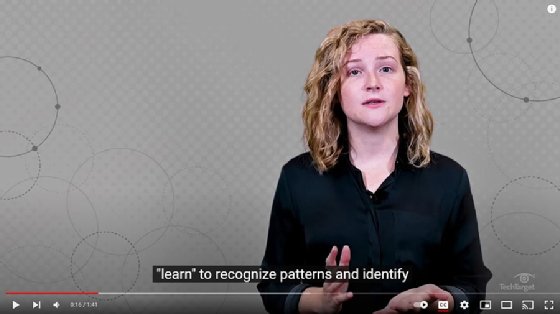closed captions
What are closed captions?
Closed captions are a text version of the spoken part of a television, movie or computer presentation.
Closed captioning was developed to aid deaf and hard-of-hearing people, but it's useful for a variety of situations. For example, captions can be read when audio can't be heard, either because of a noisy environment, such as an airport, or because of an environment that must be kept quiet, such as a hospital.
The history behind closed captions
According to the Television Decoder Circuitry Act of 1990, all televisions made in the United States since 1993 must have a built-in caption decoder if their picture tubes are larger than 13 inches.
In July 2000, the Federal Communications Commission (FCC) mandated sections of industry-standard EIA-708-B, "digital closed captioning implementation" into its broadcast regulations.
The new rules made it possible for users to select the size, color and font of their captions and to select among multiple streams -- choosing, for example, a particular language to view the closed captions.
Additionally, closed captions are required by the Americans with Disabilities Act for "public entities," including state and local governments, for any video communications whether they be internal or external and for "places of public accommodations," which can be private or public businesses used by the public.
How does closed captioning work?
Closed captions are added to the video signal, in line 21 of the vertical blanking interval, through a process of encoding.
The text only becomes visible with the use of a decoder, which may be built into a television set or available as a set-top box. In general, an onscreen menu on newer televisions enables you to turn closed captioning on or off.
Most programs are captioned in advance of transmission, but the nature of some programs, such as live news broadcasts, requires real-time captioning.
For live captioning, a stenographer or captioning service listens to the broadcast and types a shorthand version into a program that converts the shorthand into a transcription of the captions and adds that data to the television signal.

What are the closed captioning requirements?
The FCC requires that all English and Spanish language video programming that aired on television with captions must also be captioned when uploaded for distribution online.
Additionally, the video programming must be captioned if it is "substantially similar" to the program that aired on TV.
This includes live and near-live programming, user-generated content that is similar to professionally produced content, and archival or library content.
The 21st Century Communications and Video Accessibility Act also requires that any newly created or edited video programming must be captioned if it is "substantially similar" to the program that aired on TV.
All prerecorded video programming that is shown on television with captions must be captioned when offered online unless an exception applies.
Closed captions vs. open captions
Unlike closed captions, open captions are embedded directly into the video and cannot be turned off. Open captions are generally used only when absolutely necessary, as they limit viewer choice.
An example of when open captions might be used is in a movie theater, where deaf and hard-of-hearing viewers would otherwise miss all the dialogue.
Some movies are released with both closed and open captions, enabling viewers to choose which type of captioning they prefer.

Closed captions vs. subtitles
Closed captions and subtitles are similar but have some key differences.
Both closed captions and subtitles are text versions of spoken words and other nonspeech elements that appear in the video stream, but closed captions are intended for viewers who are deaf and hard of hearing. However, they can also be used when background noise makes it too difficult to properly hear the audio from the video content.
Those who use subtitles, on the other hand, typically do so because they don't understand the language being spoken in the movie or TV show -- for example, in a foreign language film where the original language spoken in the film is Mandarin but is translated into English for the subtitles.
Another key difference is that closed captions can include nonverbal information, such as sound effects, while subtitles generally don't include this type of information.
Finally, closed captions can be turned on or off, while subtitles typically cannot.
See also: digital accessibility, speech recognition and natural language processing.
